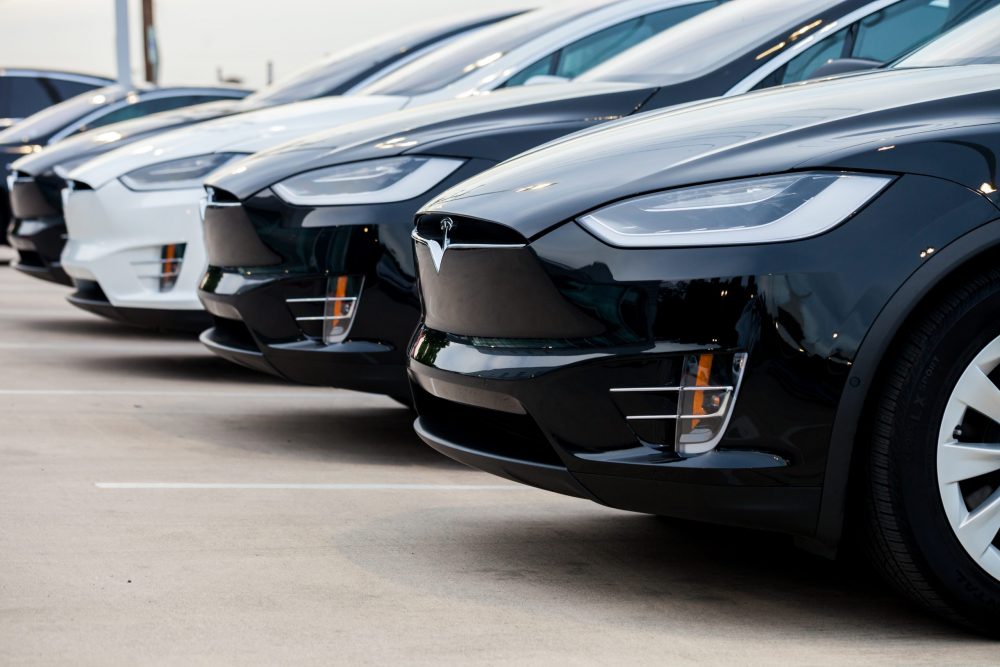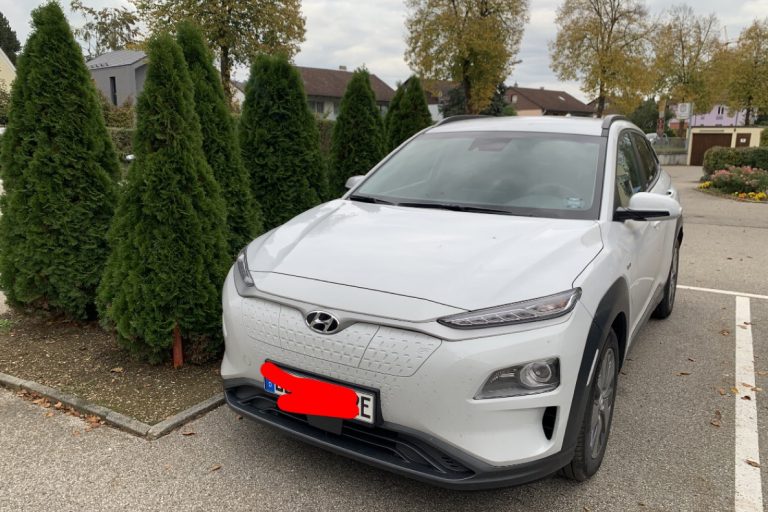Given the current ecological and environmental implications, there is no doubt in the admission of the fact that we need to cut down our CO2 emissions. With the technological as well as economic development, our lifestyle has improved a lot. But with all these advancements, we are putting the safety of our planet at risk. In a nutshell, climate change, air pollution and oil shortage, demand for taking bold steps. Nevertheless, future mobility needs to be made completely CO2 neutral to reduce the major portion of air pollution.
Now the second thing comes out to be a plan of action. How are we going to achieve this? The answer lies simply in electromobility. Electric and hybrid vehicles emit much fewer exhaust gases than that of combustion engines. Certainly, the future does belong to the electromobility. With such measures, we will be having more and more numbers of eco-friendly and efficient vehicles on the road. It is worth sharing that people are taking it seriously. With more companies making electric vehicles and governmental incentives, it is expected that electric vehicles are going to capture 50% of market share by the end of the year 2030.
What is Electromobility?
The term electromobility incorporates the use of electric cars, buses, trucks, and motorbikes. The essence lies in their technology which makes them either partially or fully electric. This means that they can take clean energy from the batteries and these batteries get charged mainly from our home electric supply or through electric charging stations located at different localities. These vehicles are highly efficient and have very low emissions.
Low emission vehicles mean that our cities will have better air quality, which will bring a positive and healthy impact on people’s life. According to UNO’s World Urbanization report, it is expected that over 70% of the world’s population will live in cities by the year 2050. In this perspective, if we will be able to replace our current mobility practices with electromobility, then surely, we will be able to give a better future to our fore coming generations.
Working Principle of Electric Vehicle
As we have now been quite ascertained on the imperativeness of the electromobility, there is a need to know that how does an electric vehicle work? Unlike combustion engine-powered vehicles, electric vehicles take power from the batteries. Here, electric energy is stored in the batteries that are charged by the power source, say electric charging stations. Inverters placed in the vehicle convert the battery’s direct current (DC) into the alternating current (AC). This AC power is then utilized to power the electric motor. The efficiency of the battery depends on how effectively the energy conversion is carried out. After this, the electric motor converts electrical energy into mechanical energy which is further used to generate a magnetic field. The repellent and attractive forces of the magnetic field eventually bring up the rotational motion.
Apart from the battery, a DC-DC converter is a crucial component of e-vehicles. It converts the high voltage of battery to a very low voltage, say 12V or 48V, depending on the operating requirements of the electronic components.
Advantages of Electromobility
Undoubtedly, electromobility is powering us to a greener and sustainable future. From the research to the simulation reports, everything is going in favour of electromobility. It is high time now, and if we want to catch up with the greener environment, electromobility is for sure a way forward. To have better insight, the following are some of the notable advantages of electromobility:
Green Environment
According to different researches and statistics, cars emit about 333 million tons of CO2 annually. This figure is approximately about 20% of the world’s total CO2 emissions. Today’s conventional cars are quite high on CO2 emissions, whereas electric vehicles do not produce any such emissions. So, it won’t be wrong to say that replacing conventional cars with electric vehicles will let us save 20% of annual CO2 emissions. Furthermore, if electromobility is implemented in its full essences such as by bringing electric buses, trucks, motorbikes and other electric vehicles, then CO2 emissions saving will be multiplied. Thus, paving ways for the greener environment.
Energy Efficiency
Energy-efficient vehicles and means of transportation is the most important advantage of electromobility. ICE-powered vehicles are just about 17-21% efficient, whereas battery-powered electric vehicles are 59-62% efficient. Higher efficiency implies less running cost. For instance, Volvo introduced a fleet of hybrid vehicles in Sweden, and they noted a 70% reduction in the energy cost. This is enough to validate the energy-efficient characteristics of EVs.
Less Maintenance
Maintenance plays a vital role in ensuring the smooth functioning of the machinery. Internal combustion engine-powered vehicles require rigorous maintenance. Whether it’s about engine oil, carburetor, hydraulics, battery, tyres, or other parts, everything requires periodic maintenance. However, when it comes to electric vehicles, the need for such rigorous maintenance gets reduced manifold. It is mainly because of less moving parts in them. Consequently, shifting towards electric vehicles will let us save a lot of bucks in terms of maintenance cost. Thus, revealing cost-benefit aspect of electromobility.
Noise-free
While it does not seem to be a much bigger impact, but when it comes to counting notable advantages of electromobility, noise pollution does have an impact. Electric vehicles produce zero to very little noise. When tested in inner-city environments, their noise impact was noted to be highly less than conventional vehicles.
Conclusion
It can very well be concluded that to realize the aspiration of a sustainable and greener environment, electromobility needs to come into action. It is the only way to cut down on inefficient machinery and costly maintenance. Not only this is beneficial for our environment, but it is quite fruitful from the economics perspective too.
Seeing electromobility inevitable future, efforts have started to be made on a higher level. Different countries around the globe are taking initiatives to promote electromobility. Efforts of the U.S., Germany, Norway, China, and many others are highly commendable in this regard. This high-level implementation is itself a validation of how vital is electromobility.




